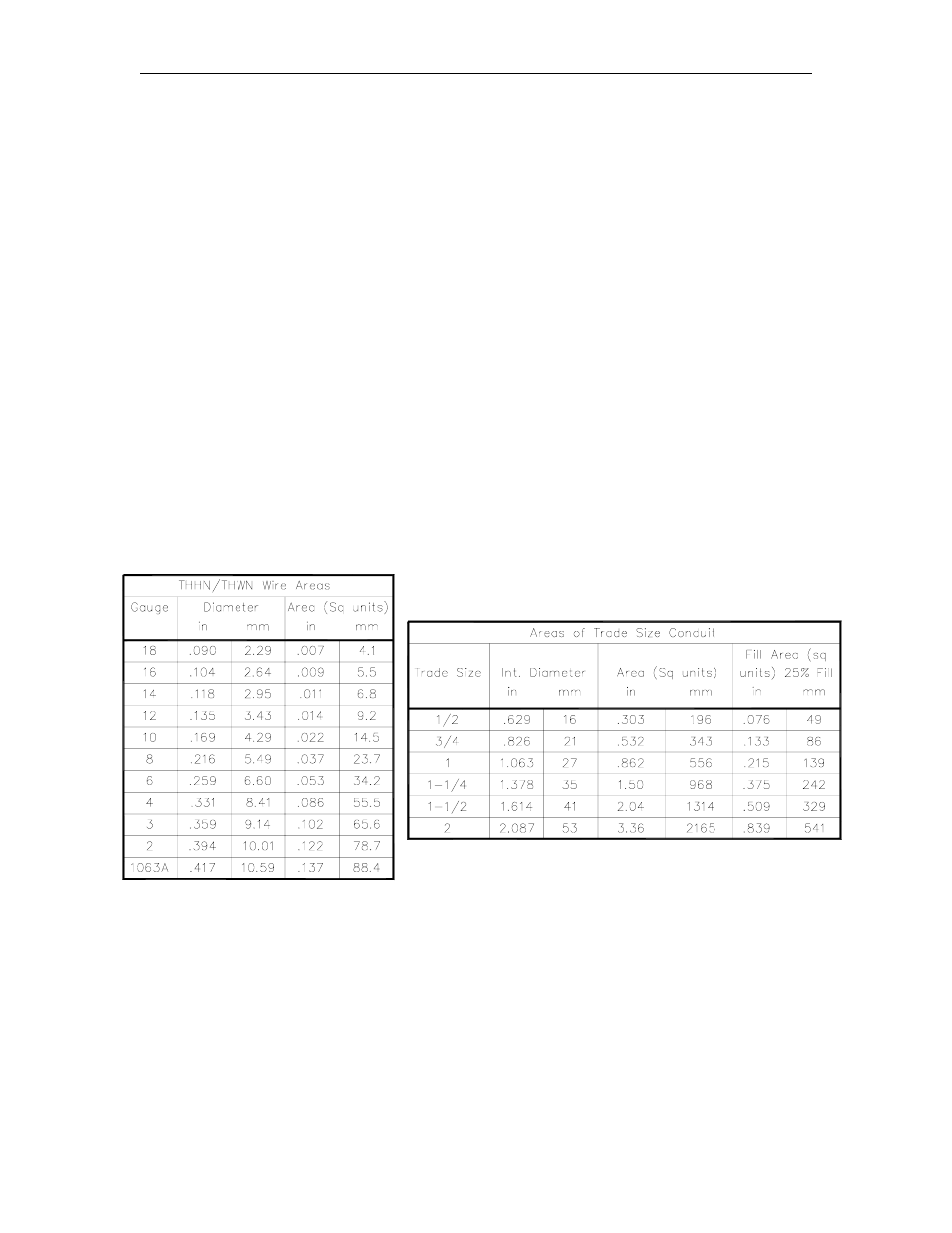Gasboy 9100Q Series User Manual
Page 26

GASBOY Series 9100Q
4-4
12/03/03
CONDUIT
All wiring to the GASBOY Series 9100Q dispensing unit must be installed in threaded, rigid, metal
conduit. PVC is not acceptable. When the Series 9100Q dispensing unit is used with a
GASBOY fuel management system, it is recommended that AC power wires be installed in a
separate conduit from the DC pulser; they should not run in any sort of common conduit or trough.
However, if AC and DC power wires share conduit, pulser wiring must use the cable as specified
in the Pulsers section.Wiring between a Fuel Point Reader (FPR) and its pre-amp junction box is
intrinsically safe and must be run in a conduit with only other intrinsically safe wiring. It cannot be
run in conduit with AC, DC, RS-485, or pulser wiring, regardless of the cable type used. See the
Fuel Point Reader Installation and Retrofit Manual, C35628 for details.
When using a fuel management system other than a GASBOY system, see the manufacturer’s
installation manual for specific conduit requirements.
All wiring and conduit runs must also conform with the National Electrical Code (NFPA 70) and the
Automotive and Marine Service Station Code (NFPA 30A). All wiring and conduit runs must
conform to local codes. Canadian users must also comply with the Canadian Electrical Code.
Use the charts below as a guideline to determine the proper conduit sizes for the GASBOY Series
9100Q dispensing unit. When planning the orientation of the wiring runs, follow the applicable
GASBOY wiring diagram and consider the layout of the components at the site. Long runs or a
large number of bends may require you to increase conduit size over what is listed.
To determine conduit size needed, use the THHN/THWN Wire Areas table (left) to find the area
for each wire gauge. Add up all wire areas. Use the Areas of Trade Size Conduit Table (right) to
select the smallest number in the 25% fill area (based on NEC 501-1) that comes closest without
exceeding the total wire area.
